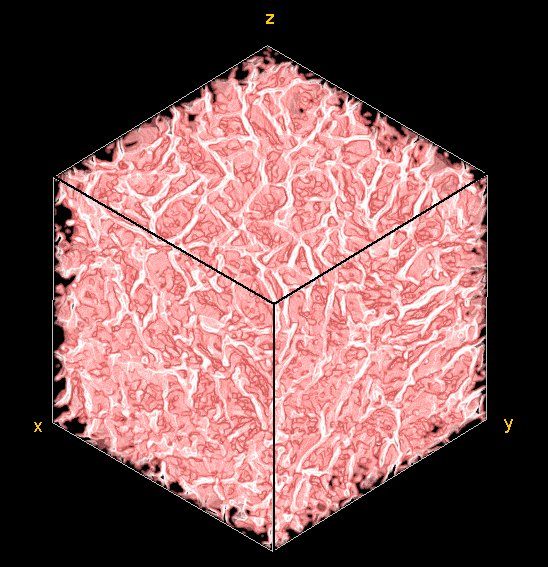
Professor of Materials Science
Head of Department (Joint)
MA University of Cambridge
PhD University of Cambridge
Polymers and Medical Materials
Together with Professor Serena Best, I direct the Cambridge Centre for Medical Materials. My research focuses on materials which interact therapeutically with the body.
Ice templating 3D environments for the control of tissue growth
The availability of tailored three dimensional environments for control of cell behaviour is a key step in the regeneration of healthy tissue in the body and can also enable model tissue creation for drug screening and cancer research. We are using ice templating techniques to create materials that mimic the complex orientational and spatial anisotropy of natural tissue, and that impart defined biochemical and mechanical cues. This is enabling us to develop bespoke cellular environments for clinical contexts including cardiac, dental and orthopaedic repair, cancer research and diagnosis, and blood cell production.
Biodegradable polymers and composites
Resorbable polymers and composites may be used in temporary load-bearing applications such as sutures and pins, in scaffolds for tissue engineering and in drug-delivery devices. We are exploring the intricate temporal and spatial relationships between the processing and morphology of the material, the diffusion rates of water, drug and degradation products, the degradation rate of the polymer and ultimate properties. An understanding of these factors allows informed device design. Our study of composites ranges from the micro co-continuous to the nano-scale, for orthoapedic and other tissue repair.
Biostable implants
In many surgical applications, the implant material must not change over time within the challenging environment of the body. Issues we addressing include those spinal and cardiac surgery.
Drug delivery and pharmaceutics
We have interests relating to drug delivery to the body including drug polymorphism, tablet design and inhalation delivery systems.
| Collagen scaffold imaged using X-ray Microtomography to reveal its 3D structure. The length of the side of the cube is 1mm. (Jennifer Ashworth) |  |
- K.M. Pawelec, A. Husmann, S.M. Best and R.E. Cameron, “A design protocol for tailoring ice-templated scaffold structure”, Journal of the Royal Society Interface, 11(92), 20130958 (2014)
- J.H Shepherd, S.Ghose, A. Moavenian, S. J. Kew, S.M. Best and R. E. Cameron, “Effect of fibre Cross-linking on Collagen-fibre reinforced Collagen-chondroitin-6-sulphate materials for regenerating load-bearing soft tissues”, Journal of Biomedical Materials Research: Part A, 101(1), 176-184 (2013)
- C.N. Grover, R.W. Farndale, S.M. Best and R.E. Cameron, “Crosslinking and composition influence the surface properties, mechanical stiffness and cell reactivity of collagen-based films”, Acta Biomaterialia, 8(8), 3080-3090 (2012)
- J. Pan, X. Han, W. Niu, D. Farrar and R. Cameron, “A Model for Biodegradation of Composite Materials Made of Polyesters and Tricalcium Phosphates”, Biomaterials, 32(9), 2248-2255 (2011)
